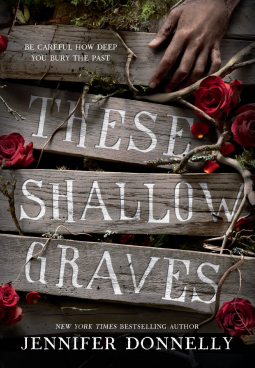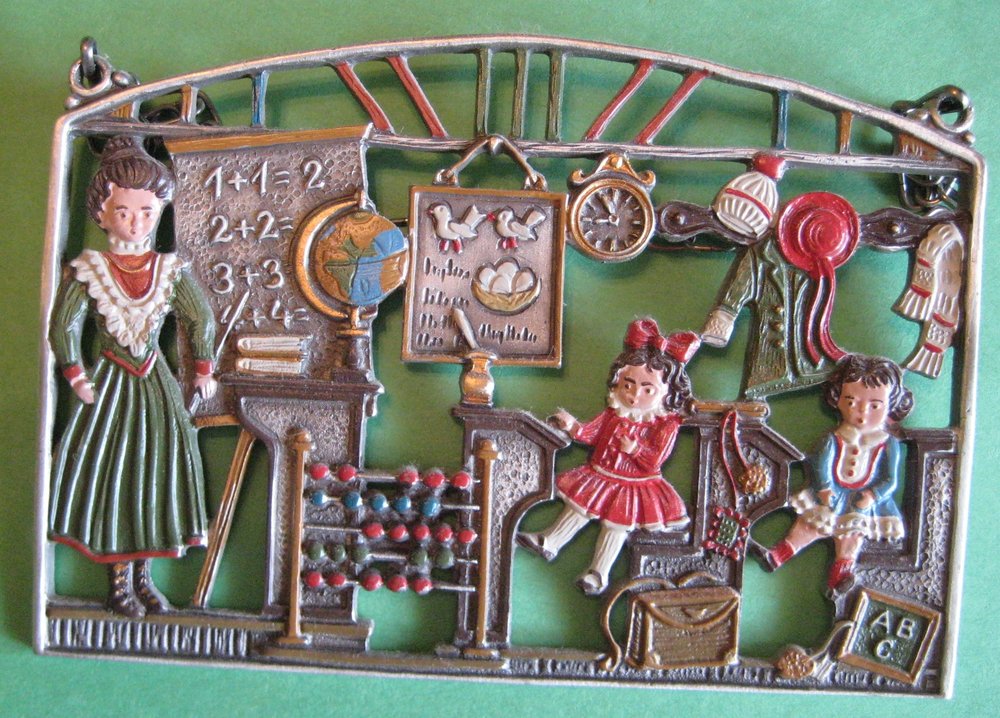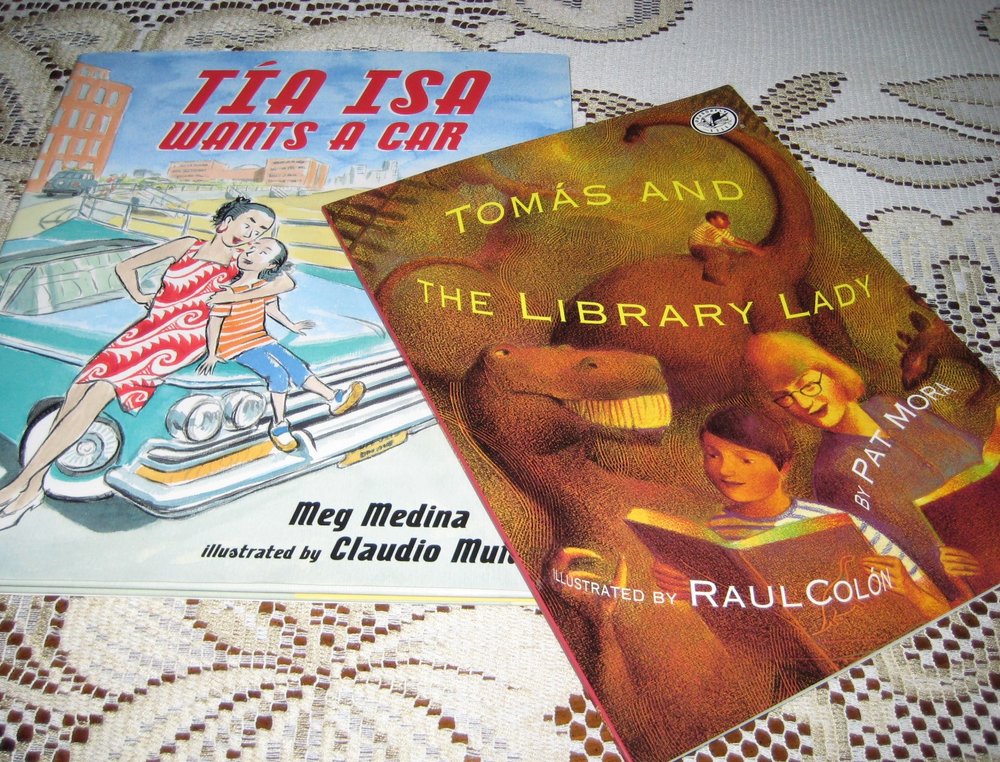 From the stash of manuscripts left after the death of Dr. Seuss, has come a new book – What Pet Should I Get? Since he is not here to ask, even the experts can only guess when it was written, why it wasn’t published, or whether it is an early part of another published book. The boy and girl are the same ones who show up in One Fish, Two Fish, Red Fish, Blue Fish. Maybe this is an early version of that book that took a different turn after he started writing.
From the stash of manuscripts left after the death of Dr. Seuss, has come a new book – What Pet Should I Get? Since he is not here to ask, even the experts can only guess when it was written, why it wasn’t published, or whether it is an early part of another published book. The boy and girl are the same ones who show up in One Fish, Two Fish, Red Fish, Blue Fish. Maybe this is an early version of that book that took a different turn after he started writing.
What is known is that Dr. Seuss was a perfectionist. It took him nine months to write the 236 words in The Cat in the Hat. Sometimes a book took as long as a year. His advice is still good for any writer, “Each sentence, each word is important. Don’t rush. Keep molding your writing until it’s just right.” Perhaps that is why so many editors discourage writing in rhyme. Few people put the required time into perfecting the few words that make a rhyming picture book sing, and those who try to imitate Seuss usually wind up with a poor simulated sing-song. (This includes me.)
His first book, And to Think That I Saw It on Mulberry Street, went out at least twenty times to rejections. I’ve seen as high as twenty-seven. Whatever the number, he had reached the discouraging point of deciding he would take it home and burn it when he happened to run into the person who eventually helped him get it published. And the rest, they say , , ,
The new book, called to my attention and loaned by my friendly church librarian, has that Seuss feel and fun. A kid (or former kid) will certainly relate to the problem of choosing the exact right pet when there can be only one. I’m guessing he wasn’t through with the manuscript because the fine-tuning is not quite to the level  of the well-worn copy of One Fish, Two Fish that I got out for comparison, but is still far ahead of his imitators. The back matter with its insight into how Seuss worked is a reward for the former kid who reads it aloud to a present kid.
of the well-worn copy of One Fish, Two Fish that I got out for comparison, but is still far ahead of his imitators. The back matter with its insight into how Seuss worked is a reward for the former kid who reads it aloud to a present kid.
So I enjoyed the new book and took to heart two lessons from the good doctor – perfectionism and persistence.


































